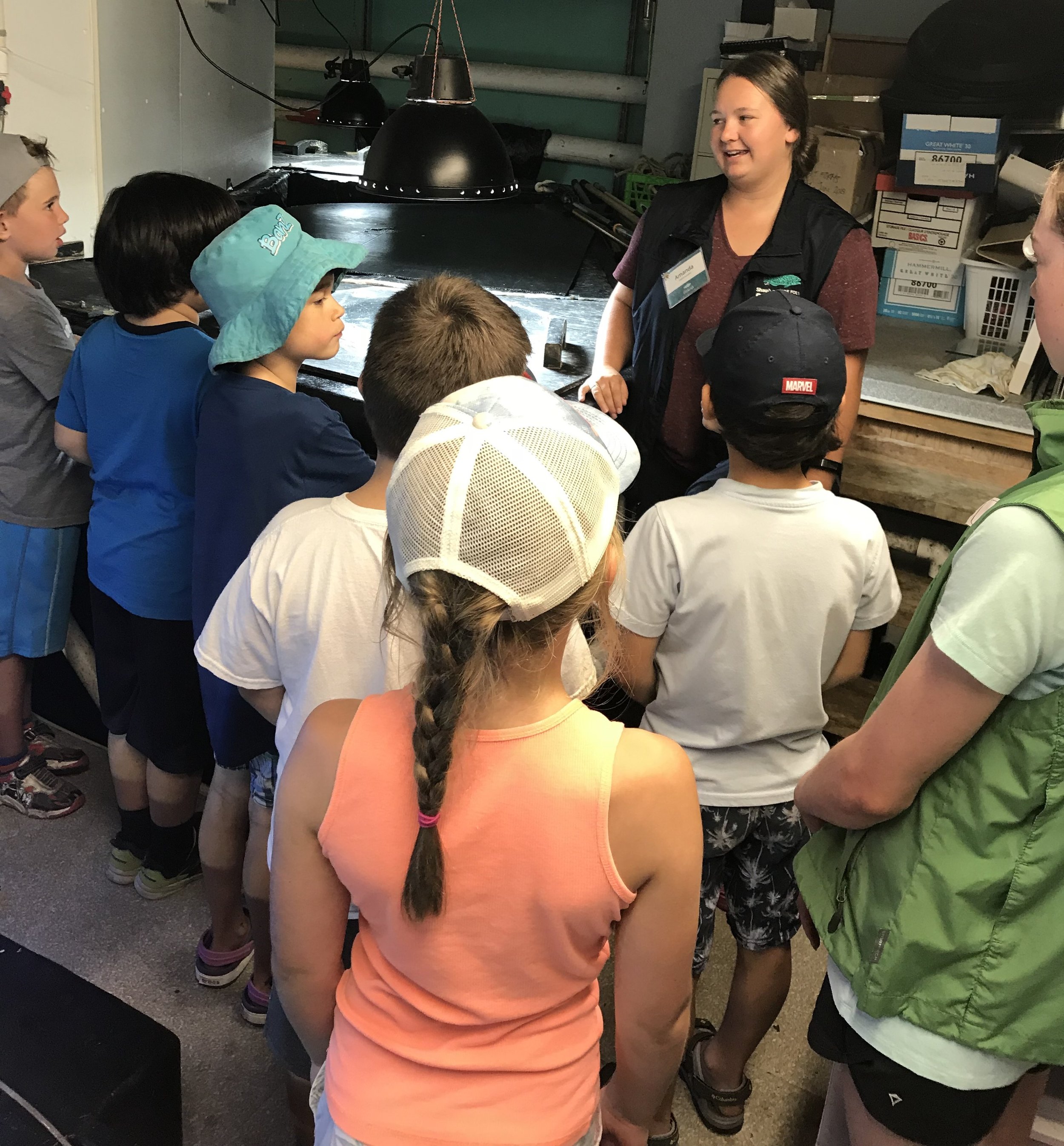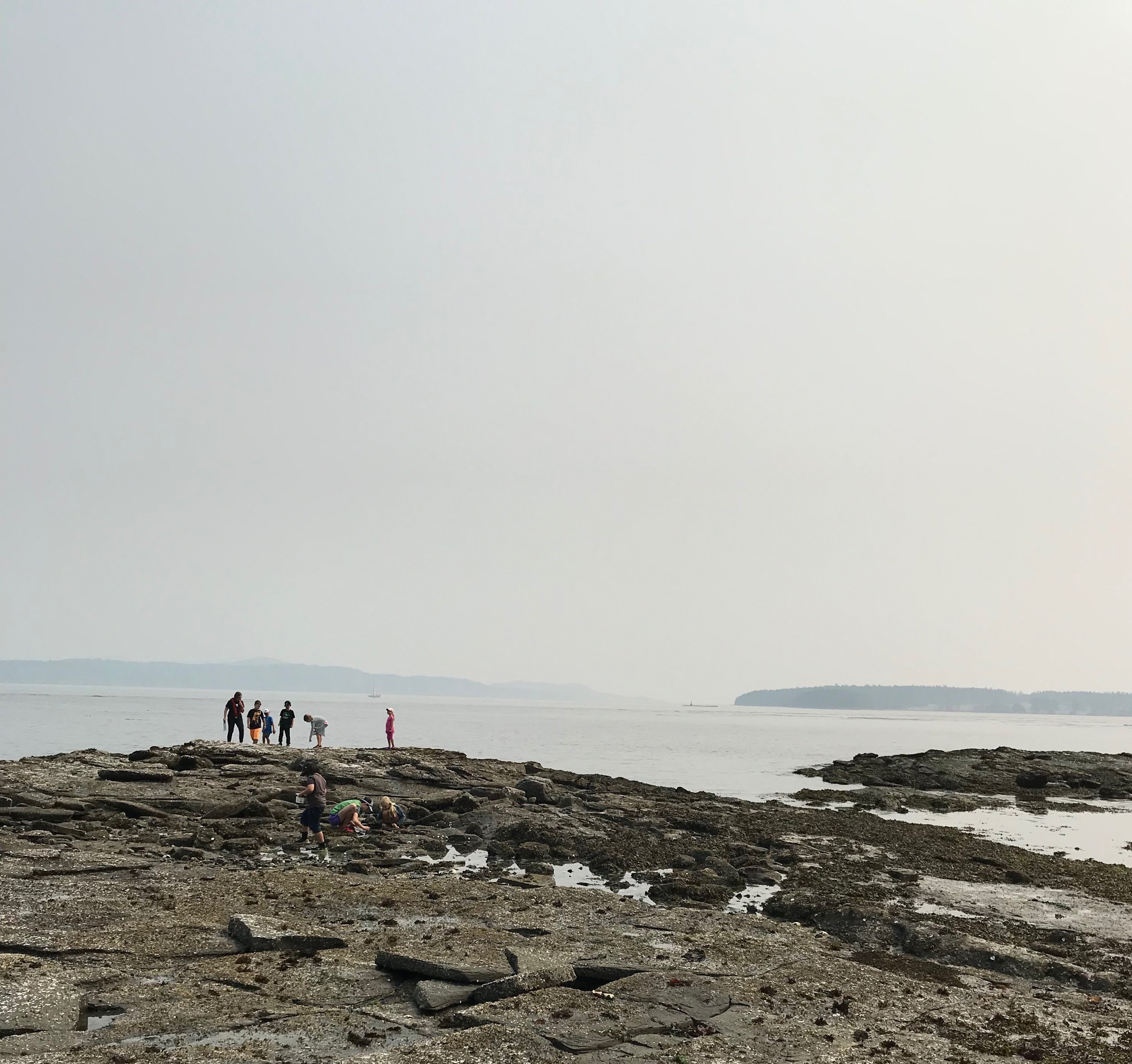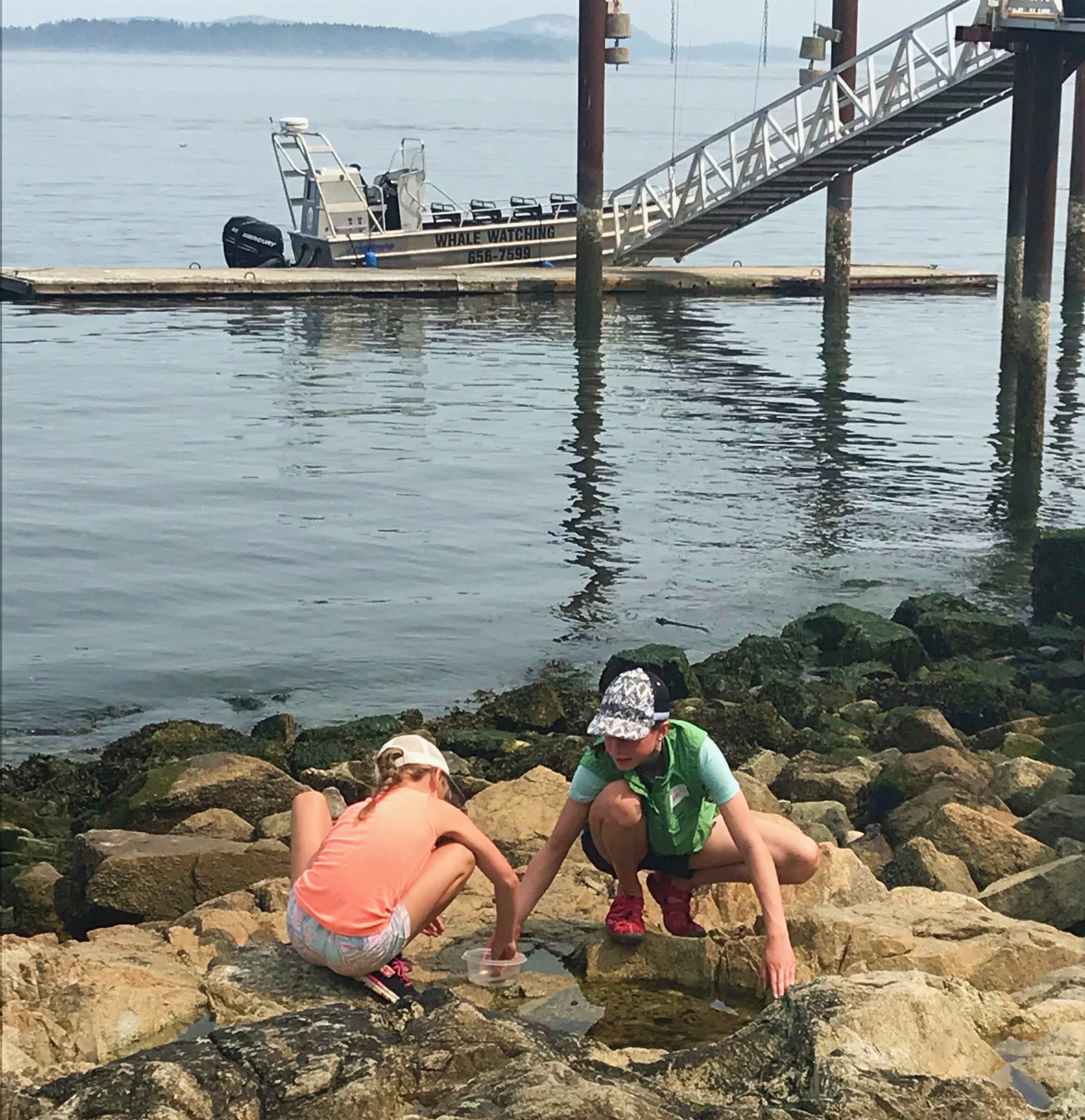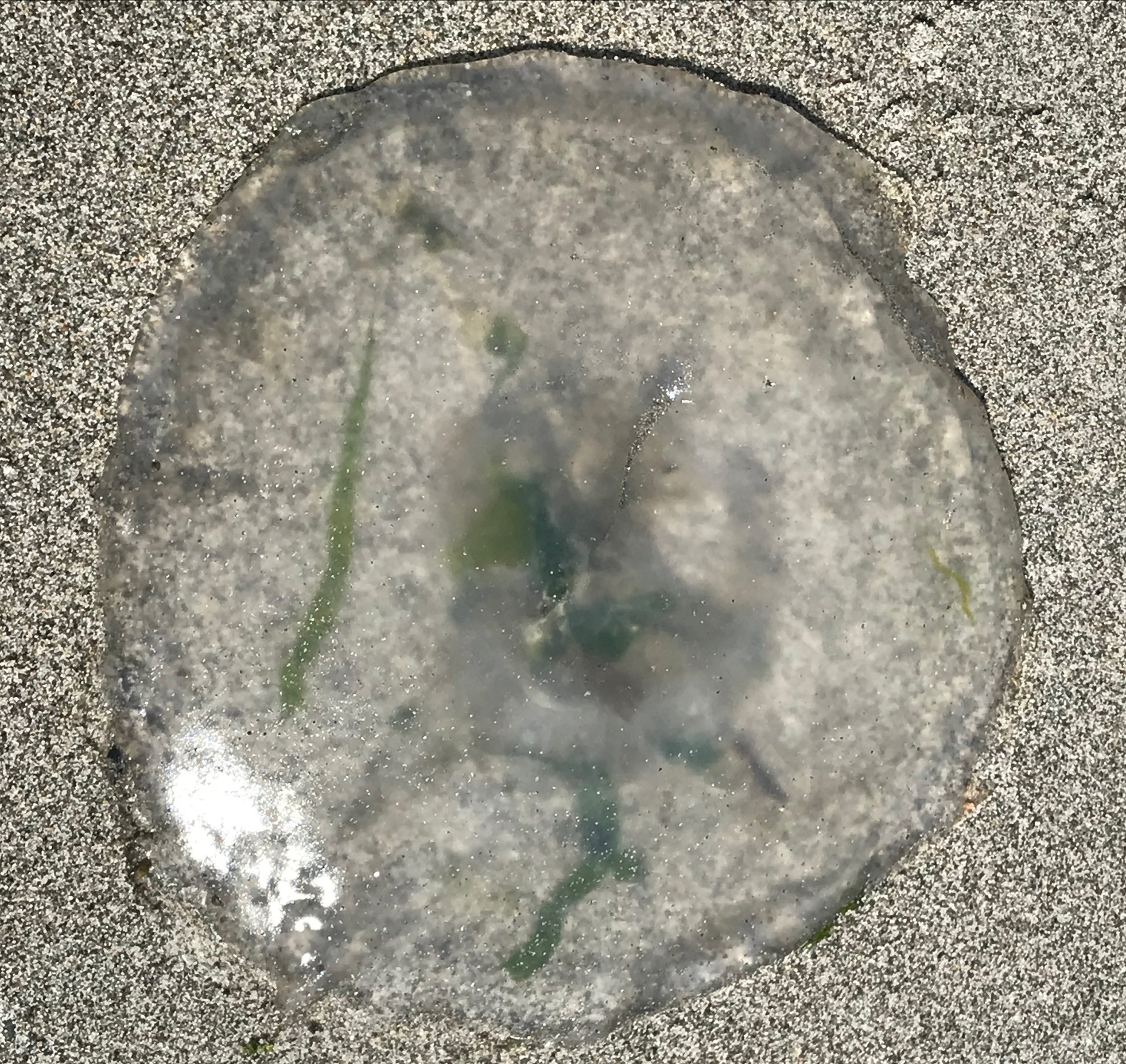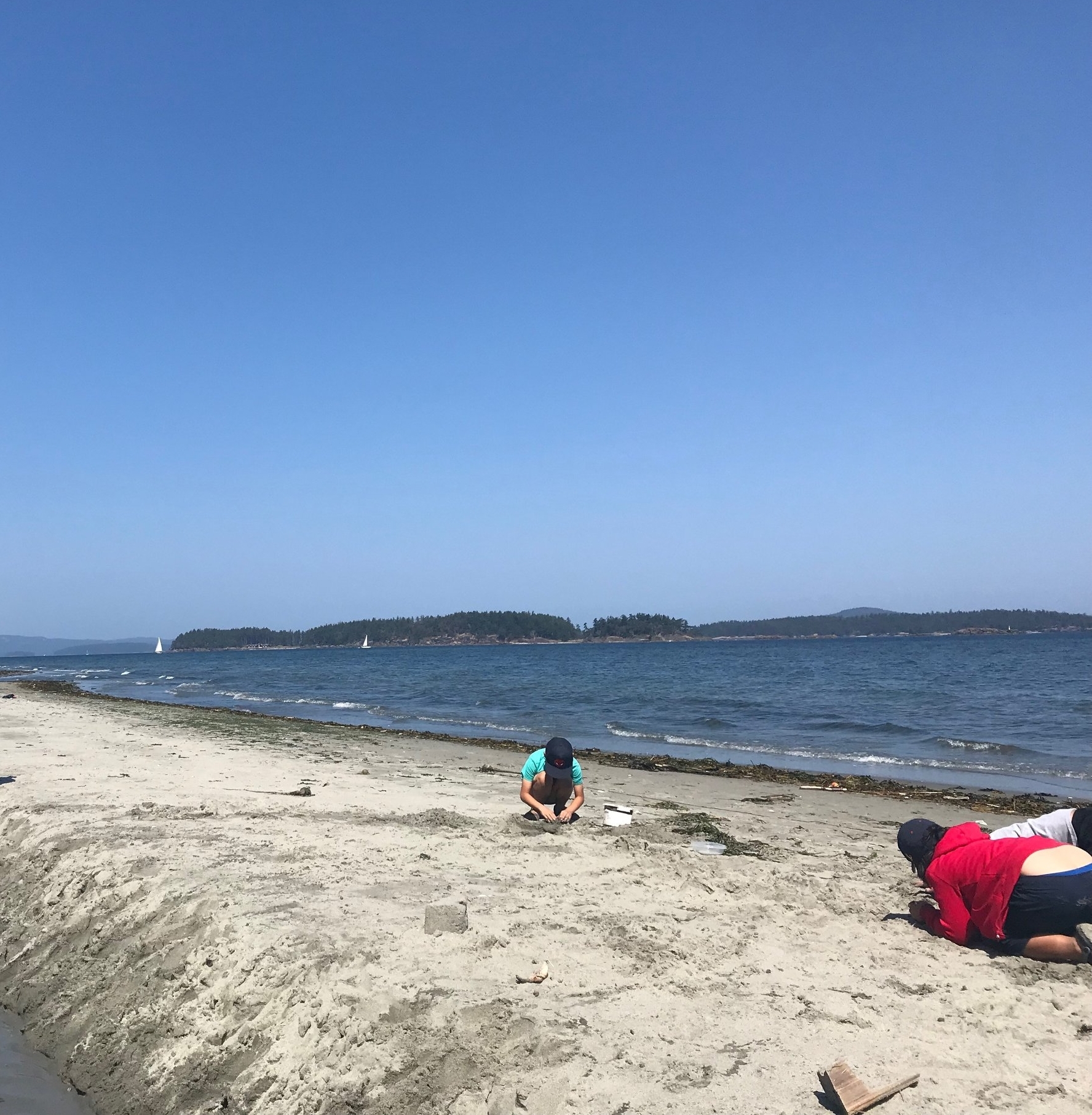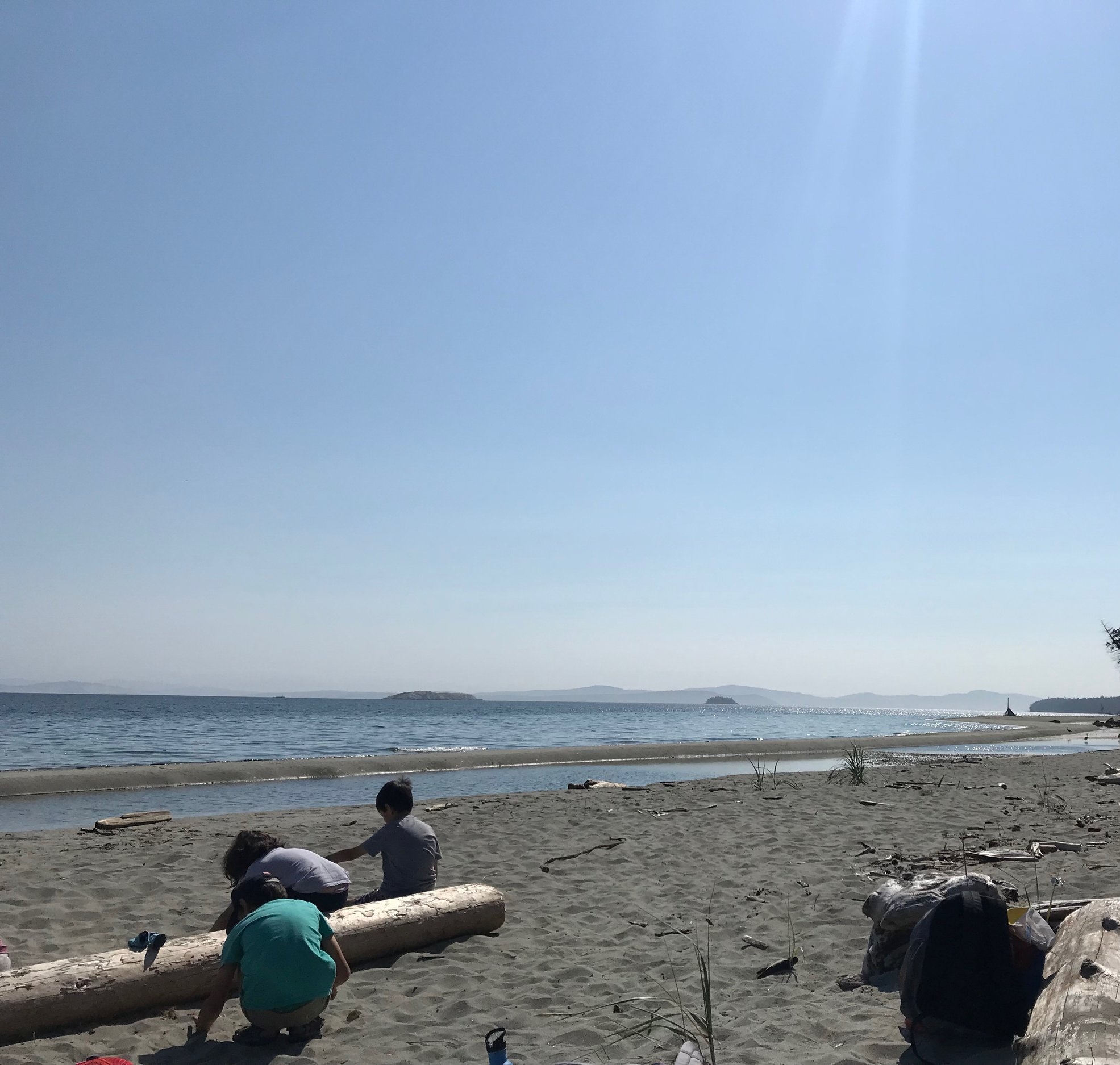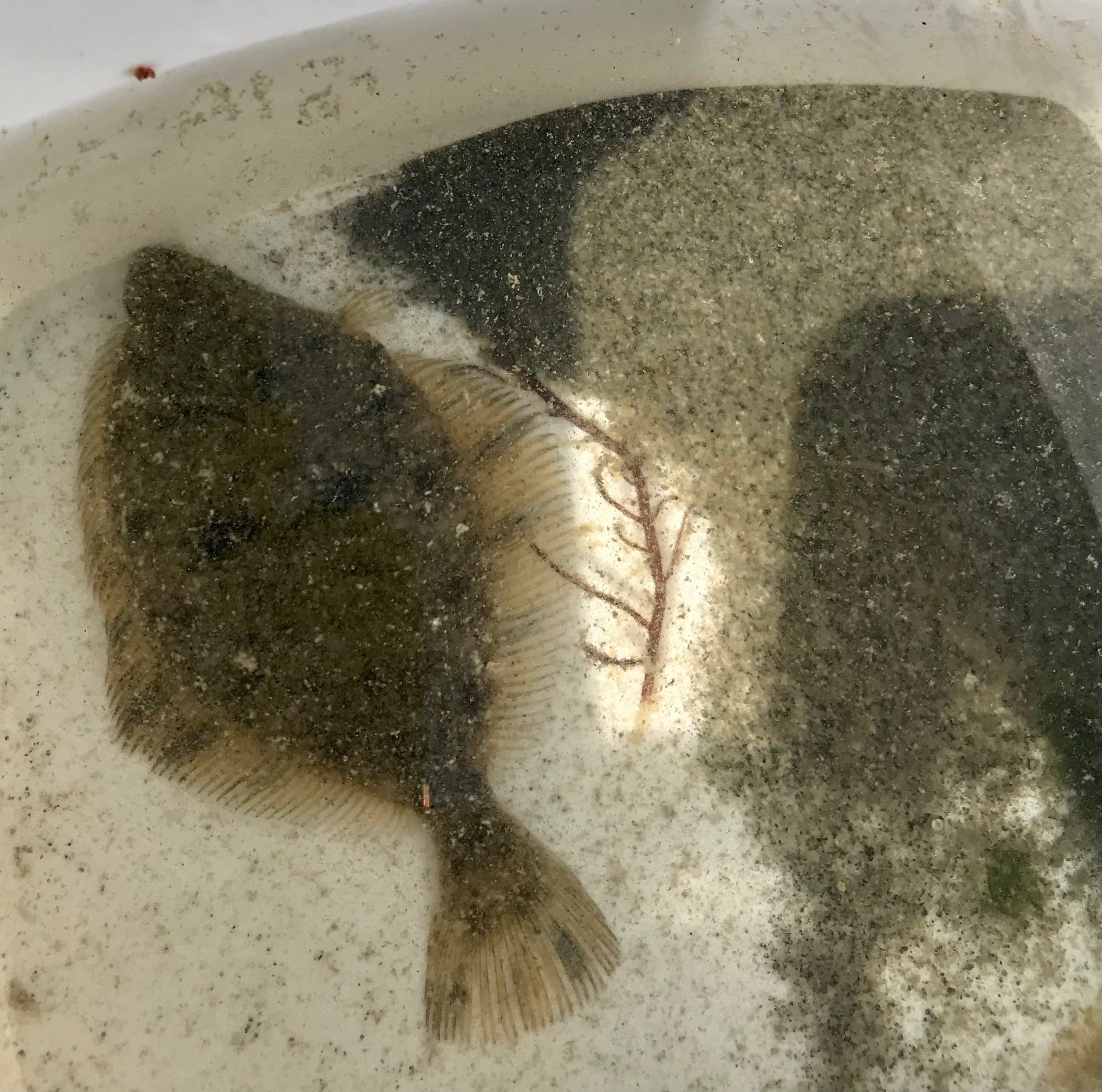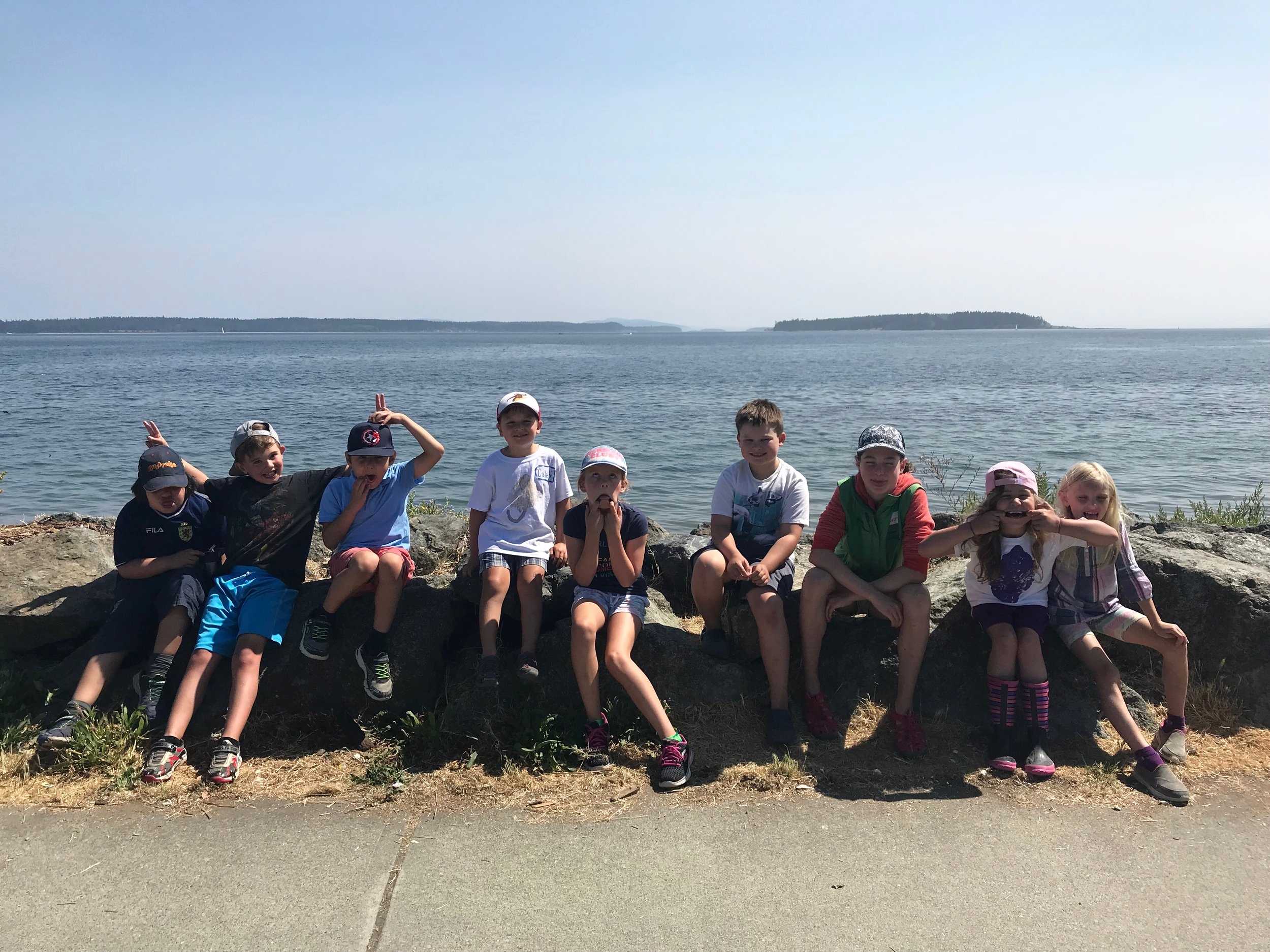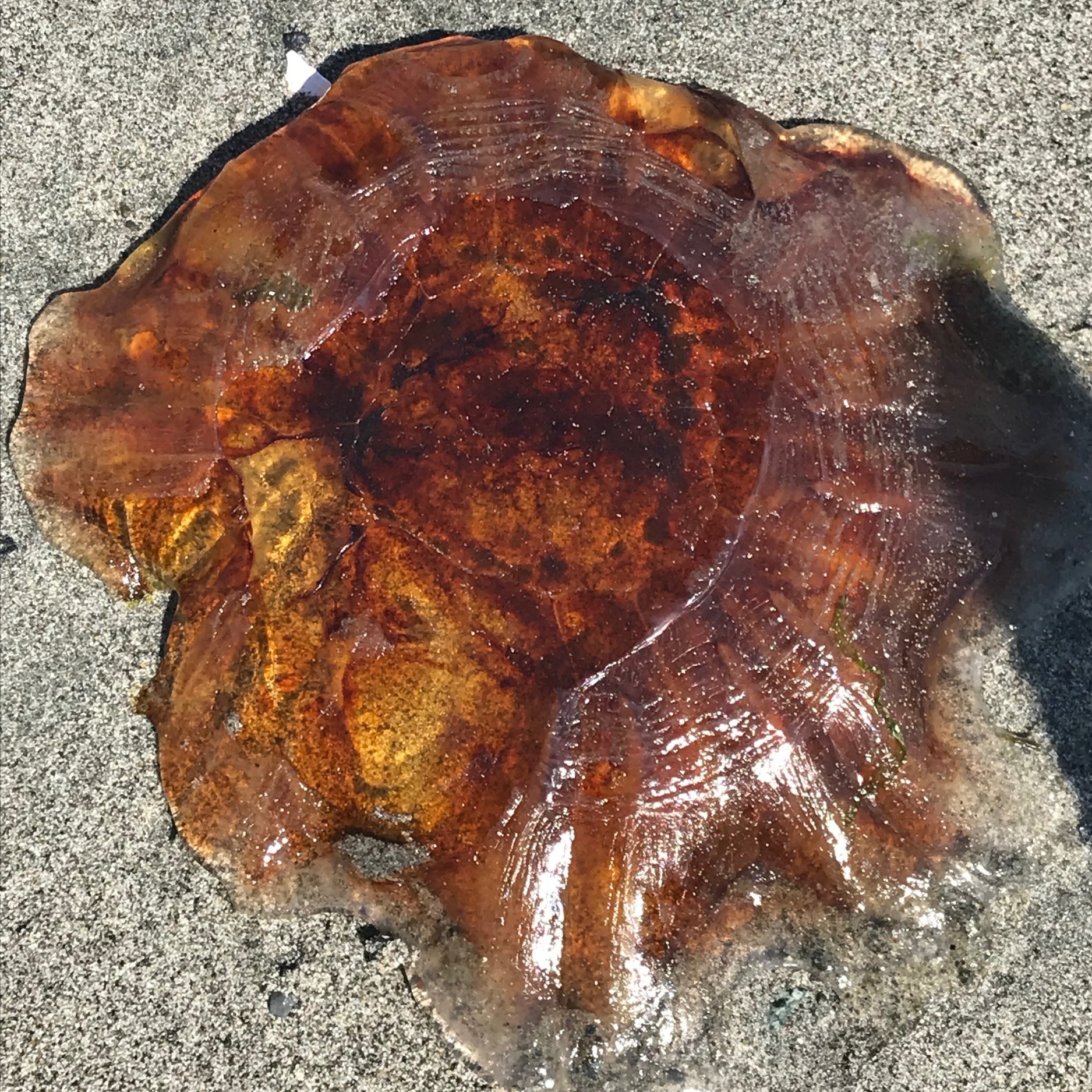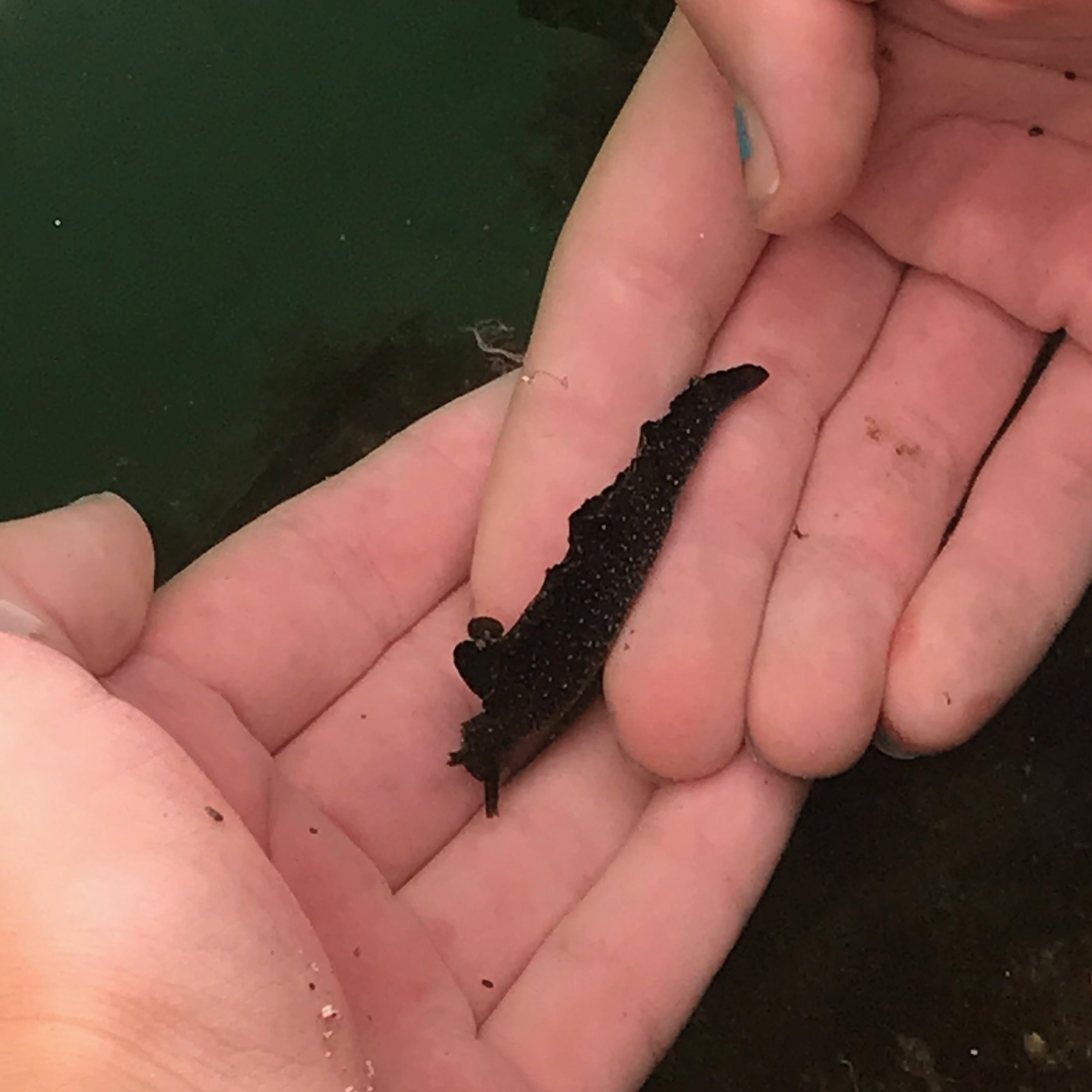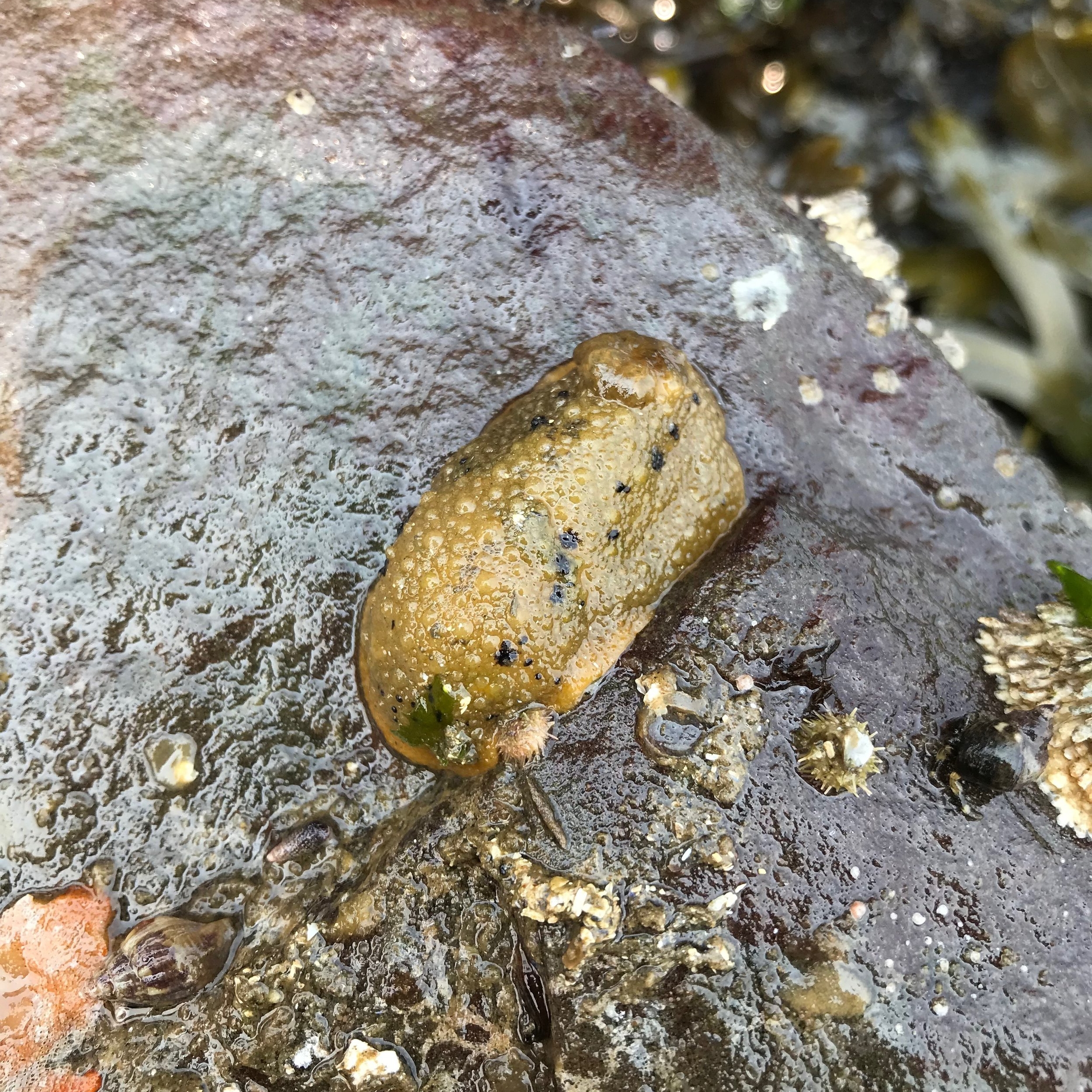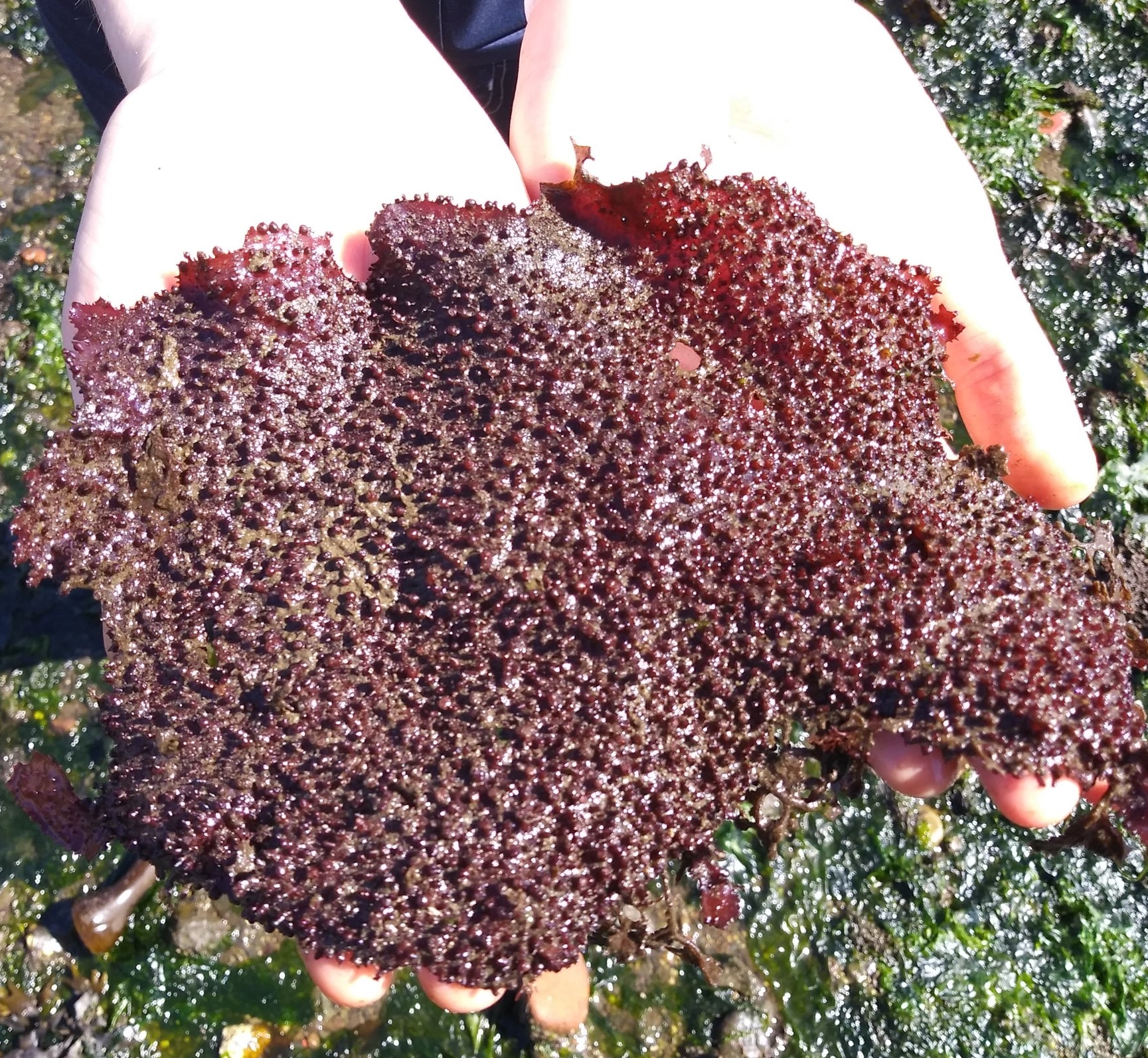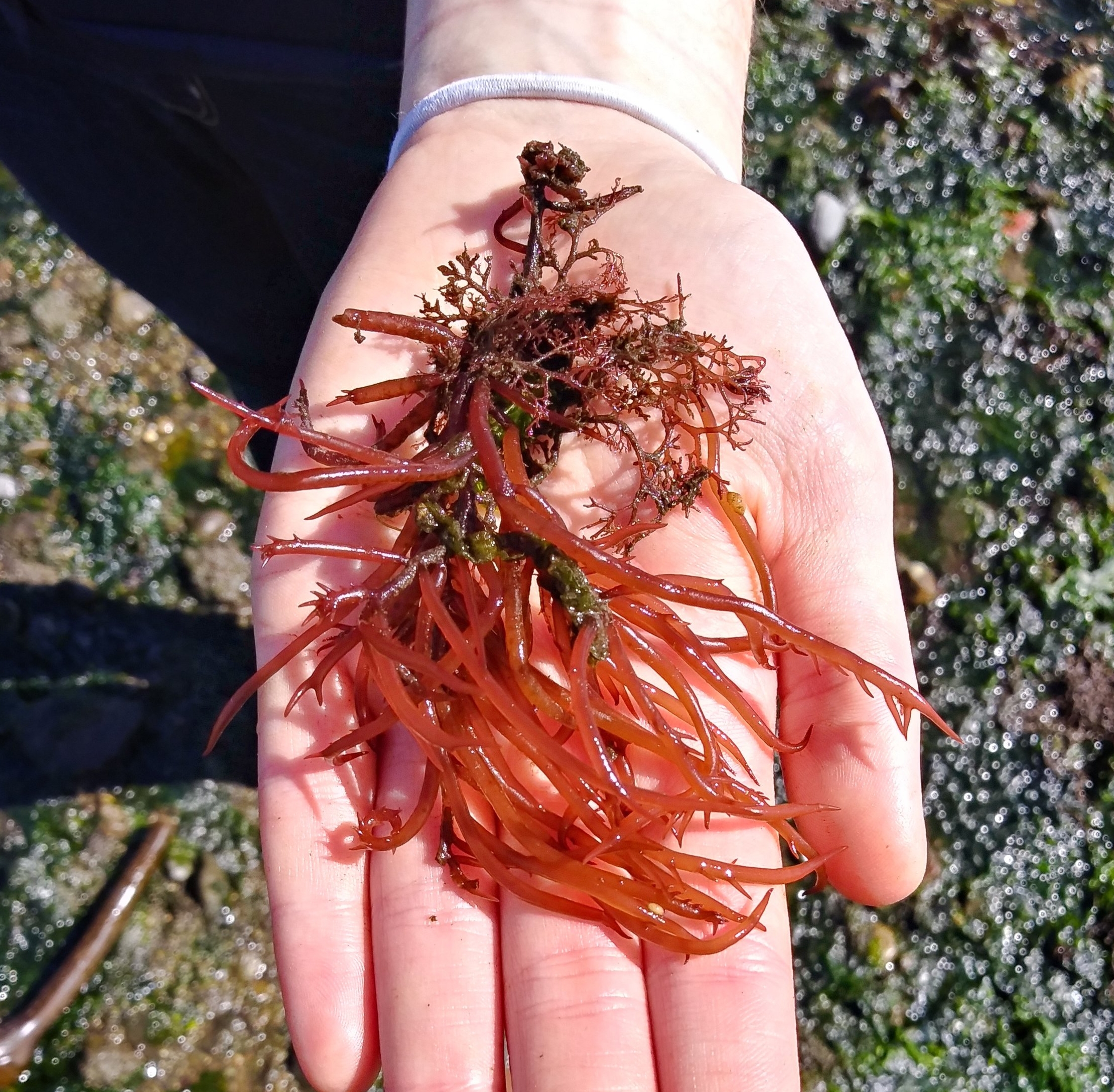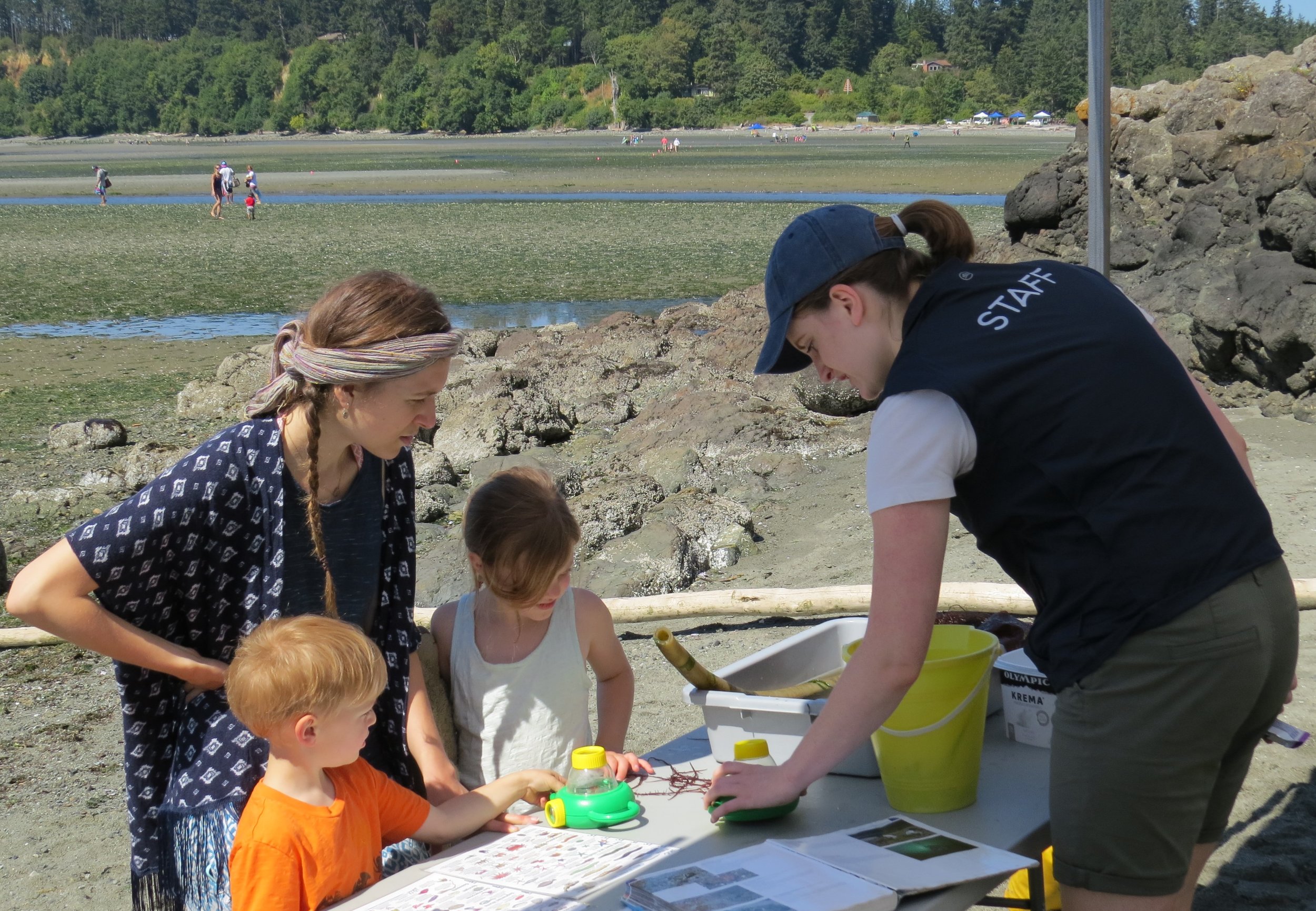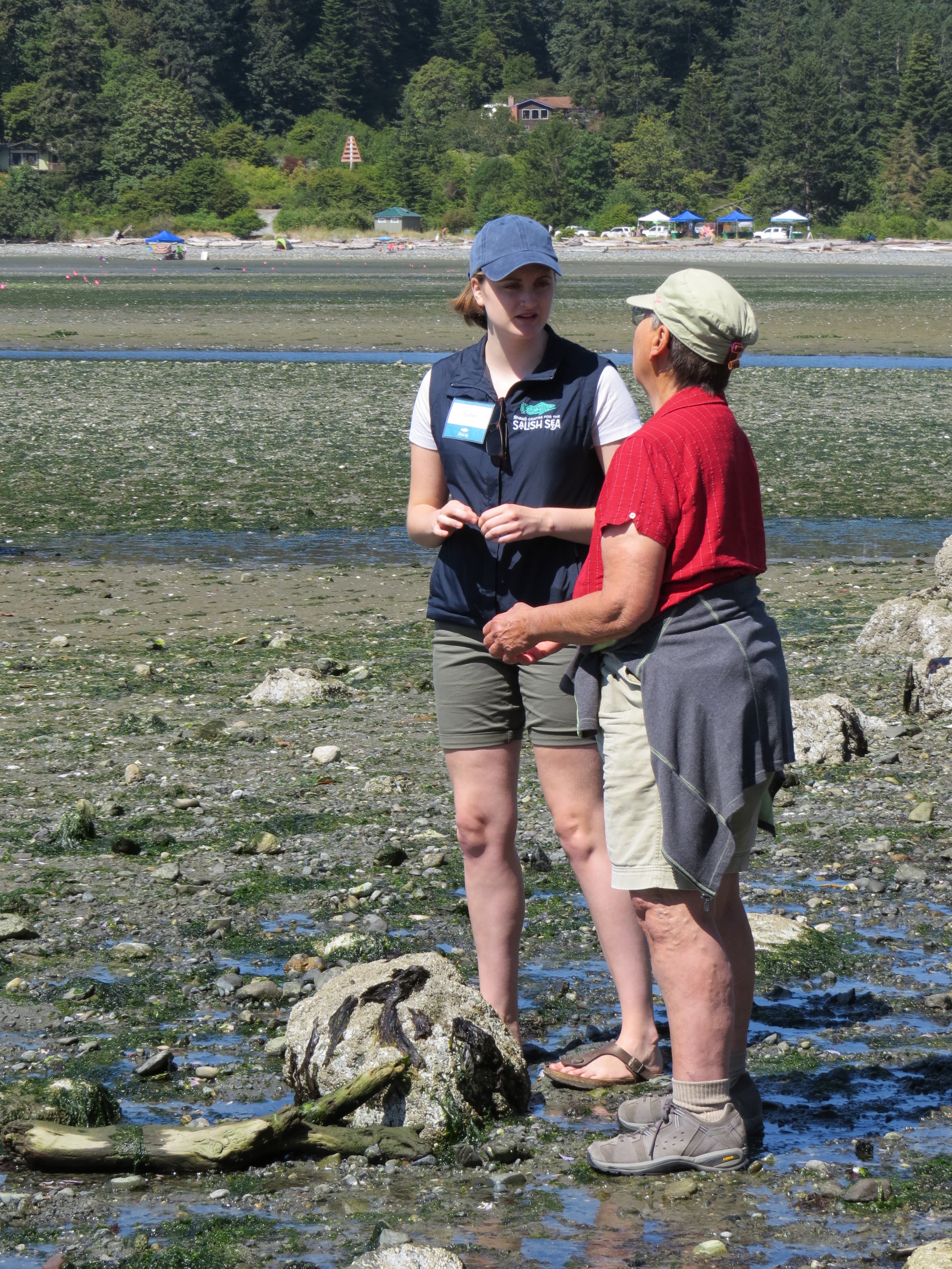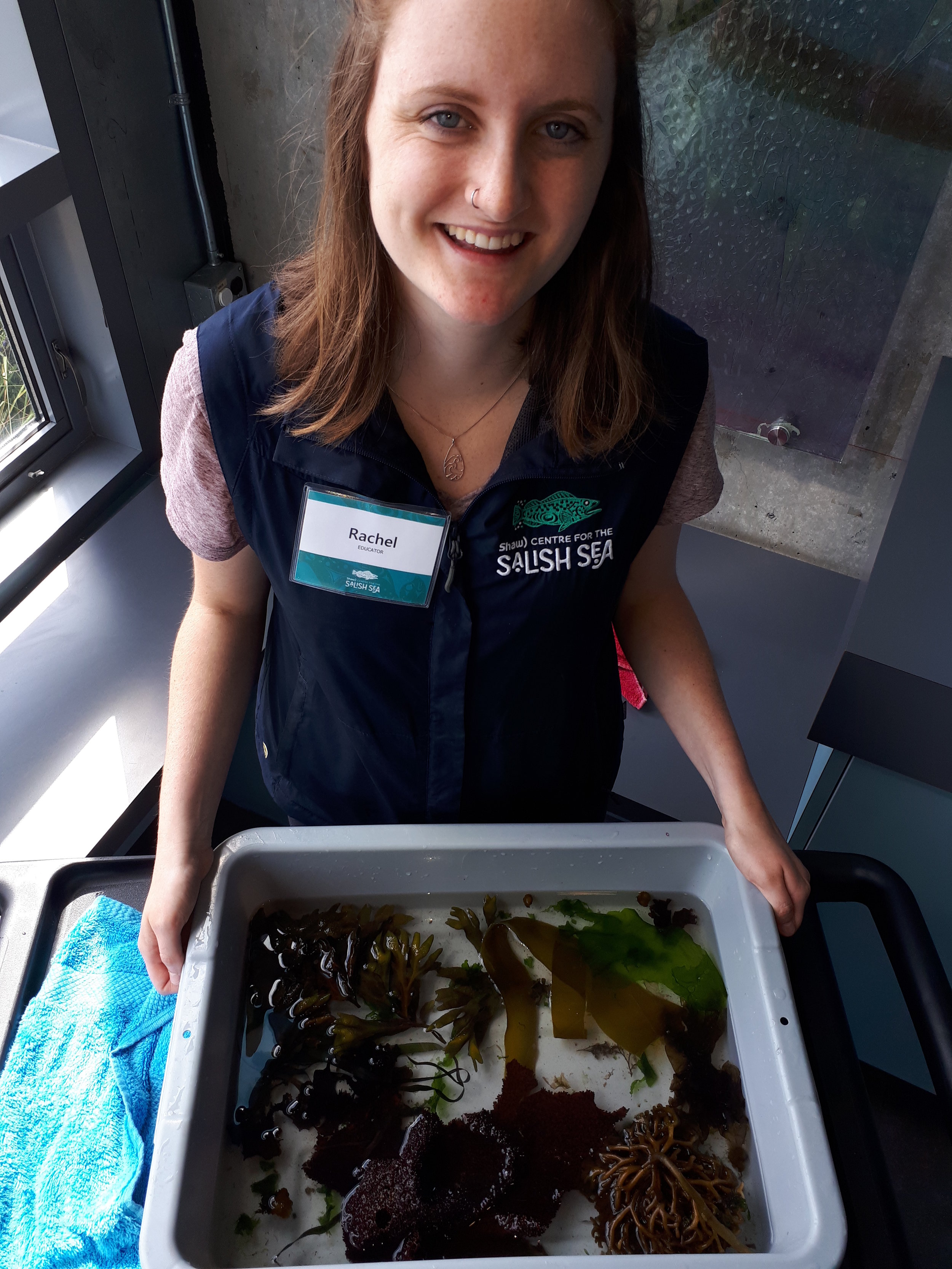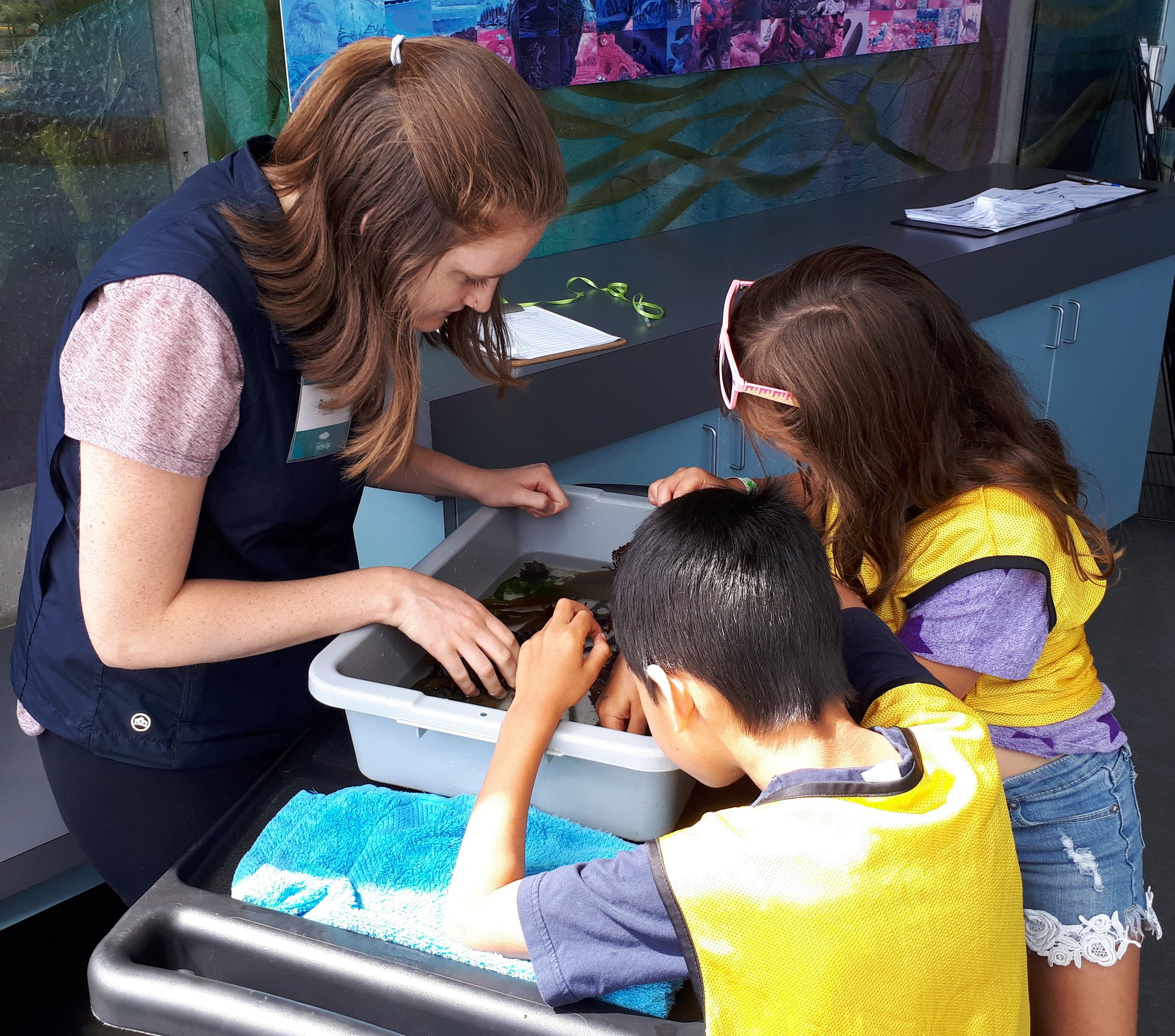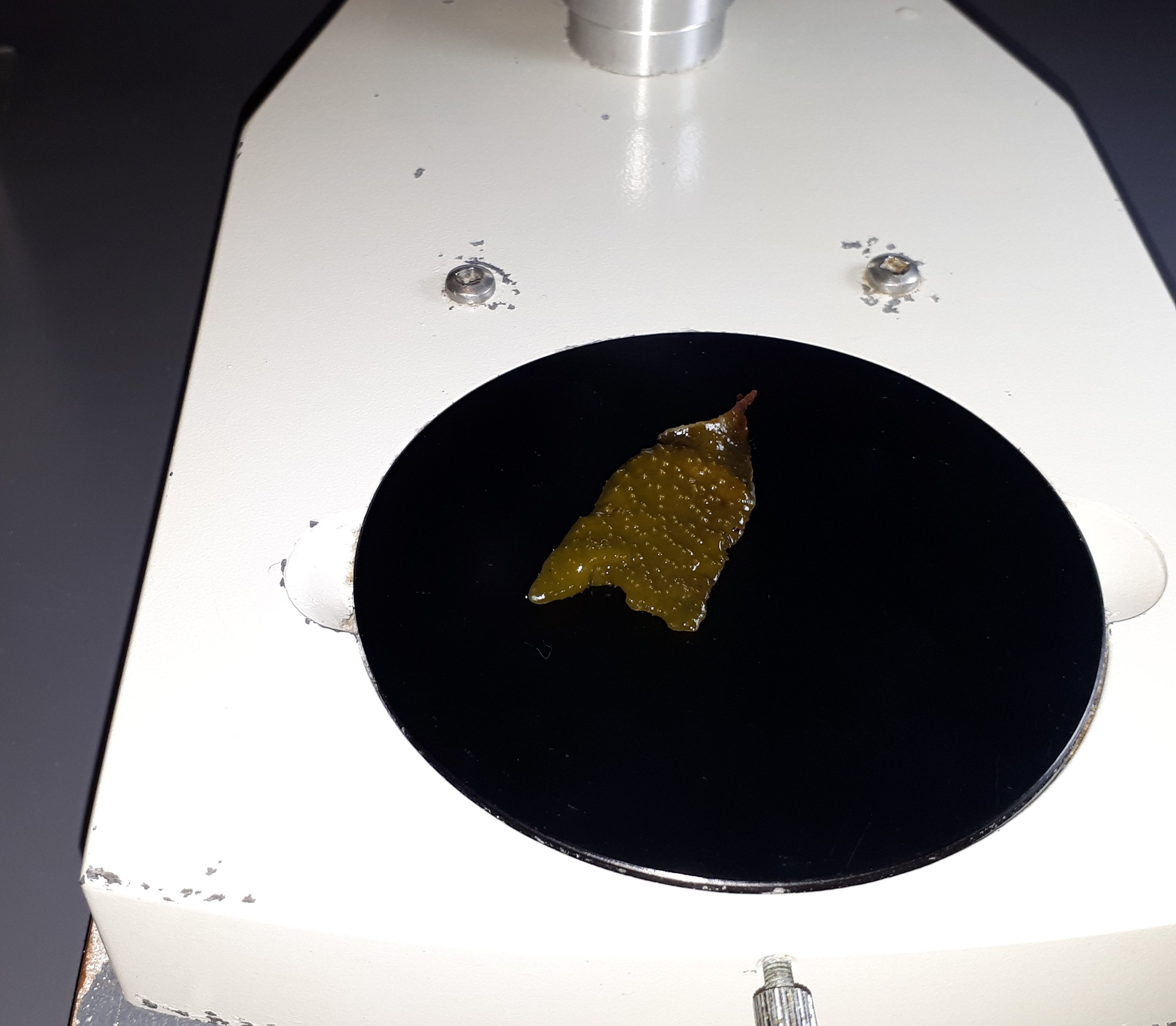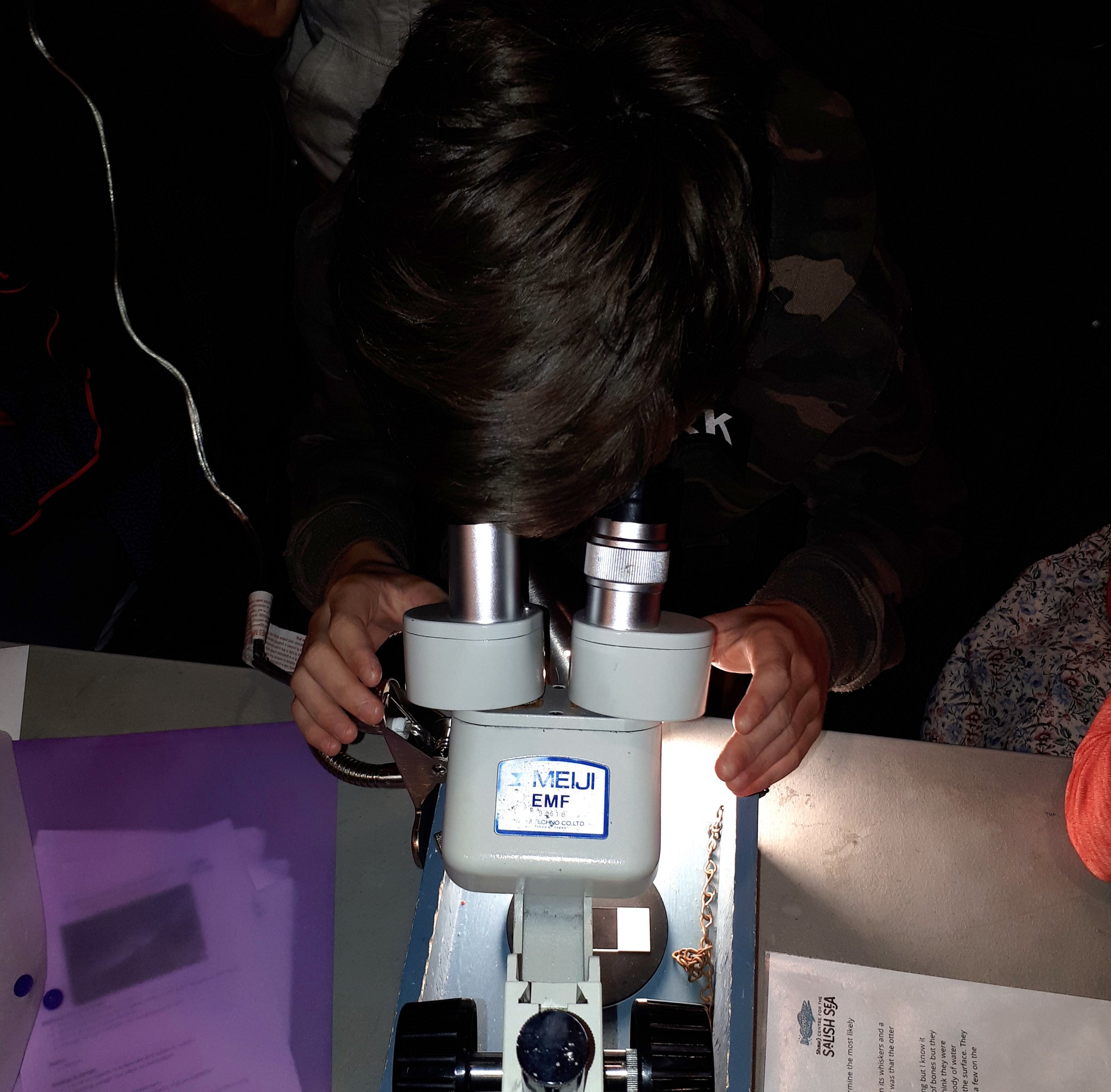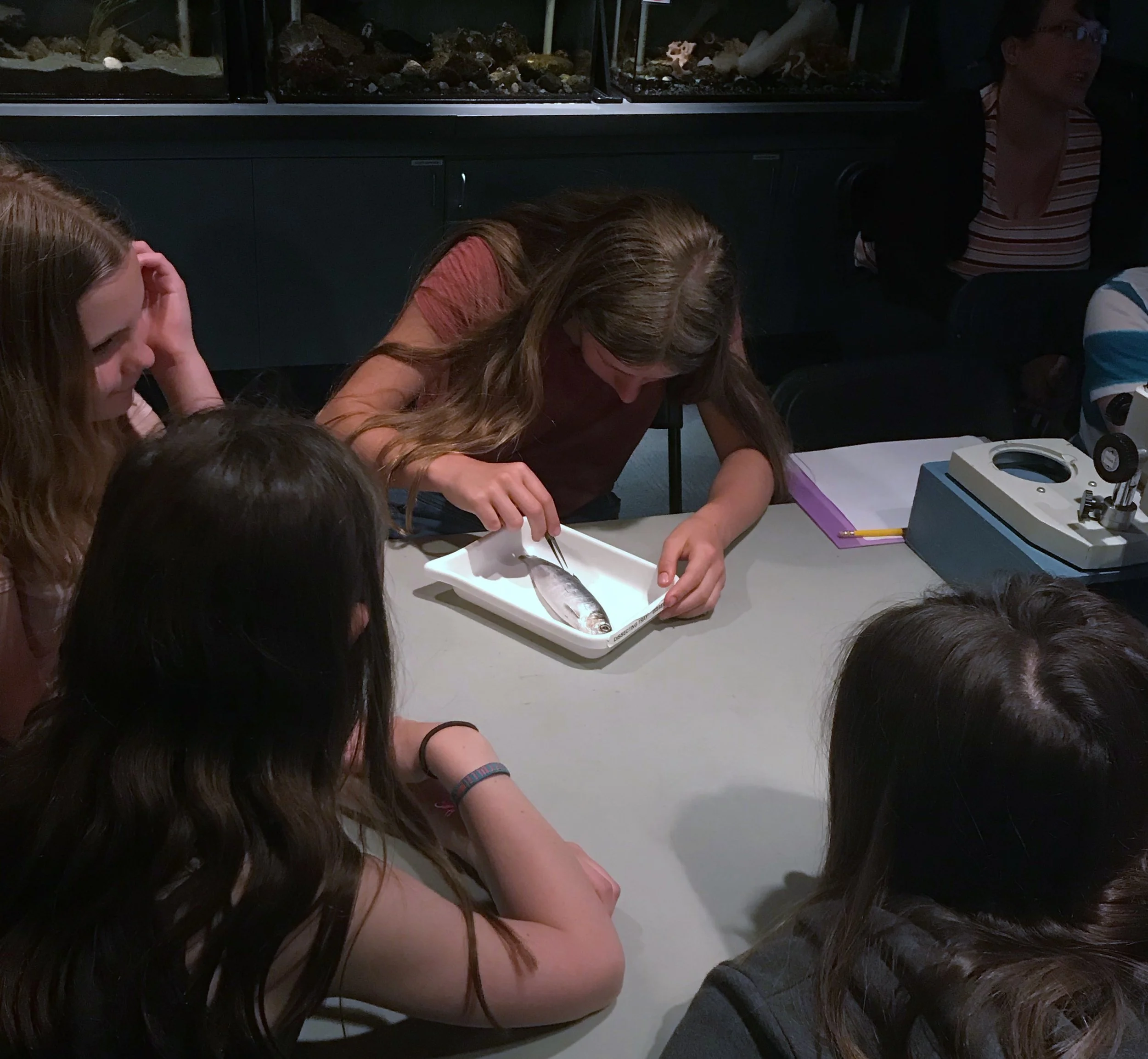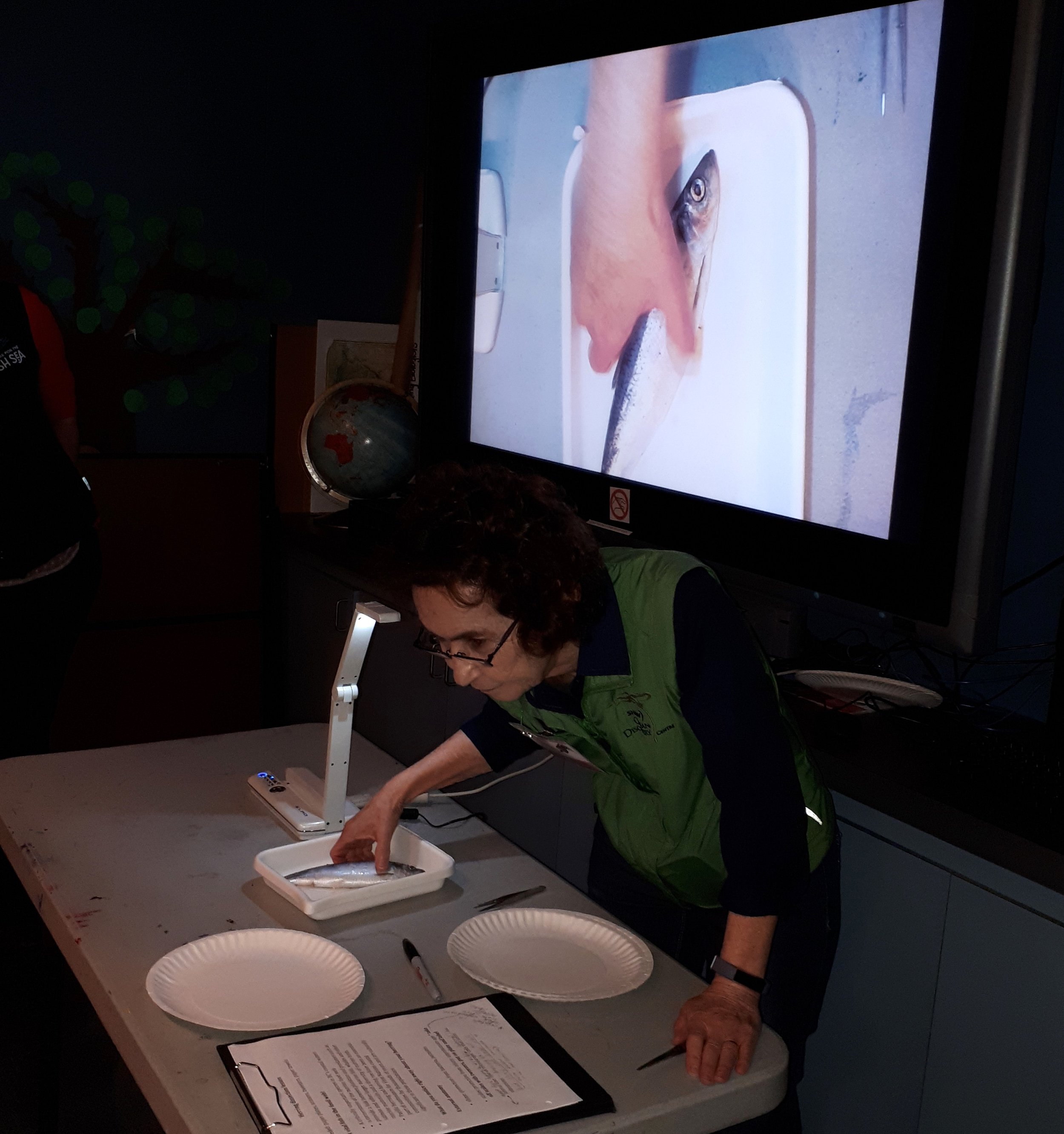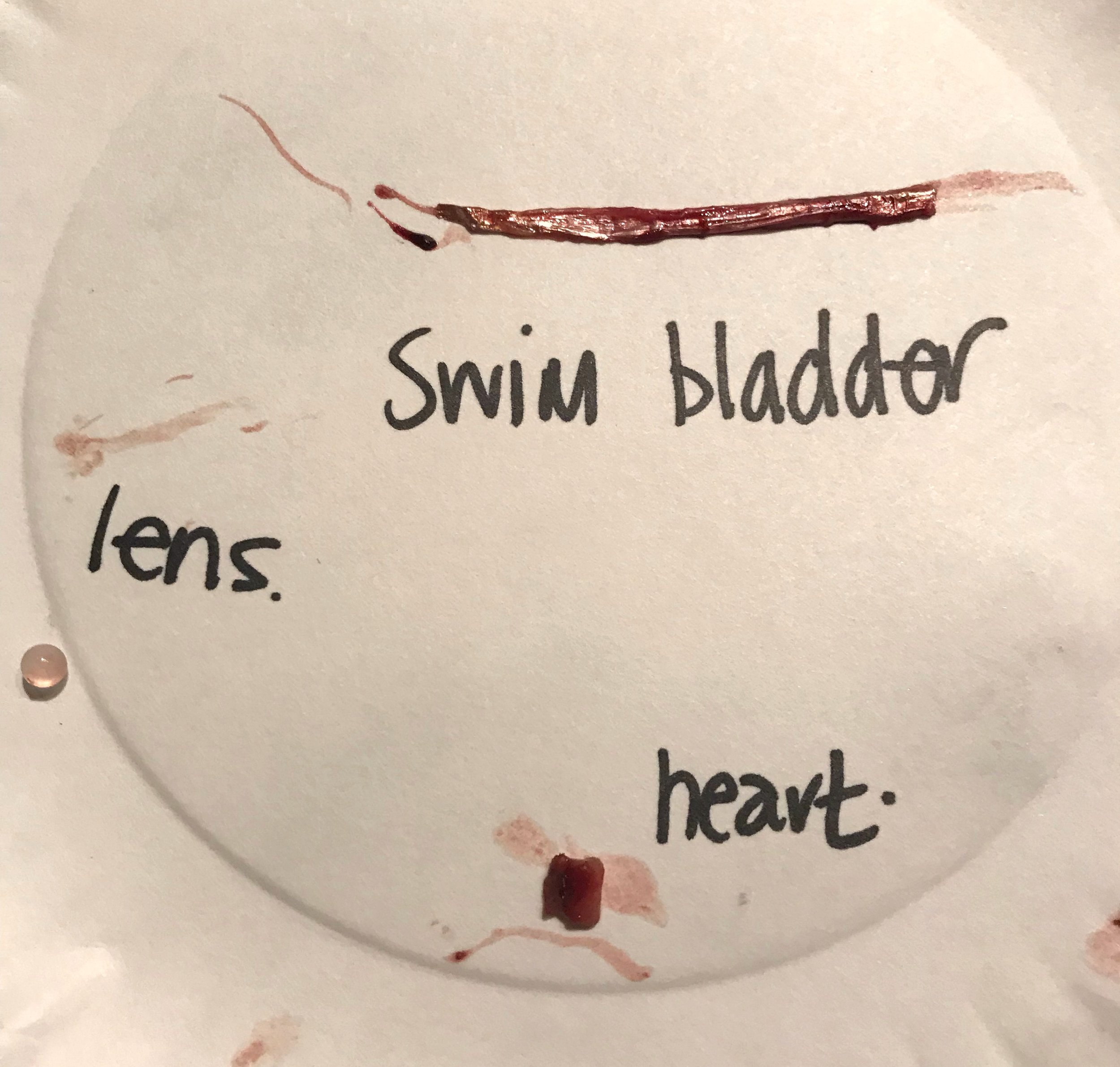We turned 10! Special anniversaries are often cause for reflection and after ten years, we have a lot of stories to tell. Some stories may surprise, some may inspire. Have a story of your own to share about your experiences or connection to our centre email us at oceaneer1@salishseacentre.org.
Aquarist, noun. aquar·ist | \ ə-ˈkwer-ist
Definition of aquarist
:a person who keeps or maintains an aquarium
Suffice it to say, without Aquarists the Centre wouldn’t have any animals. Undoubtedly, they have a daily positive impact on the Centre, but it turns out we’ve had a notable impact on them as well. We caught up with two former Aquarists to see where they are now.
Dan Wuitchik, 2011
We found Dan living a long way from Sidney in Boston, Massachusetts.
Dan’s year at the Centre seems relatively short — in the big scale of life — but it proved to be formative in his career (and in life. But you’ll have to read on to find out why!).
Before Dan started as the Centre’s Aquarist, his interest firmly lay in psychology. However, he now credits his Aquarist work as a defining time when he detoured to marine biology and his career path was set in motion. When asked for a memory of his time at the Centre, Dan reflected, “I became very attached to and fascinated by the octopuses I worked with. It’s through these observations that I first started thinking about convergent evolution. It’s fascinating that an animal separated by more than 400 million years of evolution can have so many similar characteristics to intelligent vertebrates. Can evolution be predicted? My playing with and pondering over the mysteries of these magnificent creatures makes me think it can be predicted.”
File that statement under “spoken like a true academic.” Dan is currently a PhD student at Boston University. His research investigates why some coral are resilient to climate change whereas others are sensitive. He is also exploring topics relating to the evolution of symbioses in marine organisms and describes his work as “marine molecular ecology” where he couples modern genetic tools to explore topics in marine ecology.
Now back to the zig-zagged route from Sidney to Boston. Dan left Sidney and headed to Toronto to be part of the team setting up and opening Ripley’s Aquarium.
Aquarist work was then left behind when he headed to Calgary to completed a Masters of Science. Dan researched coral reproduction, in particular how coral are able to achieve synchronous timing in spawning and spent months on the Great Barrier Reef
As you can see, it has been an interesting journey to Dan’s current home in Boston. All along this journey, Dan wasn’t alone; he was accompanied by his wife Sara...who he met while working here! Find Dan at wuitchik.weebly.com
Quick Fire Questions:
Favourite Salish Sea species...
Giant Pacific Octopuses cause they cuddle
Wolf eels because they cuddle
Favourite Salish Sea beach or dive spot…
10 Mile Point
If I could have an aquarium in my house of any Salish Sea ecosystem it would be…
Hmmmm, maybe go crazy and do some deep water sponges
The funniest thing I experienced while working at the aquarium was…
How sassy octopuses can get. Be careful of their water jet!
Two words to describe the Shaw Centre for the Salish Sea are…
Beautiful and Engaging
One thing I miss from the aquarium is…
Daily interactions with the animals the guests of the Centre
Name octopuses under your care…
The Dude (he was by far the best), Steve and Lucy
Sarah Friesen, 2012-2015
At time of writing Sarah is exploring Antarctica, and teaching about Chinstraps, Adelie, Gentoo and Macaroni, penguins that it! Teaching may not have been Sarah’s original goal but that’s how life works.
“While my job was behind the scenes taking care of the animals and their life support systems, I had ample opportunities to observe education staff share their knowledge and passion with aquarium visitors, getting people of all ages excited about the incredible biodiversity we have in the Salish Sea. This not only encouraged me to start sharing my own knowledge with visitors (when I wasn’t elbow- or face-deep in a tank!), it ignited a deep appreciation for the importance of science communication.”
While this is Sarah’s first season in Antarctica, her time as a naturalist aboard ecotourism expeditions started here in the Pacific Northwest with trips to Alaska and British Columbia, including the Great Bear Rainforest and Haida Gwaii. Sarah feels fortunate to visit some truly remote and beautiful areas, and encounter incredible wildlife (Spirit Bears, oh my!) but her ultimate fulfillment comes from teaching guests and facilitating their a-ha moments.
The breadth of Sarah’s knowledge comes from many sources. Sarah has been busy working on many research projects since her time with the Centre:
- Research Assistant on a historical fire ecology project in Heiltsuk territory on British Columbia’s central coast
- Diver and research assistant for coral reef research in Kiribati
- Contributing to a research project on juvenile salmon migration from the Fraser River up through the Discovery Islands.
- Developing a Scientific Diving Program for The Fish Eye Project
If that wasn’t enough, she also completed a Master of Science degree at the University of Victoria, where her thesis focused on incorporating animal movement and climate change into marine conservation planning. The results of this work have been integrated into an ongoing tri-governmental planning process, thus helping to inform the placement of new marine protected areas in BC. This work is also linked to a climate change research contract she will be starting once her time hanging with penguins comes to an end.
Quick Fire Questions:
1. Favourite Salish Sea species…
BUBBLE SNAILS (sometimes known as sea butterflies)
2. Favourite Salish Sea beach or dive spot…
One of my favourite dive sites in the Salish Sea is Madrona Point, near Nanaimo
3. If I could have an aquarium in my house of any Salish Sea ecosystem it would be…
A moss garden. I have cleaned enough filters for a lifetime and moss is easy!
4. The funniest thing I experienced while working at the aquarium was…
If you have visited the aquarium before, you are familiar with the Ocean’s Heartbeat, the slightly-raised teaching area near the jelly exhibits. I would regularly crawl underneath the Ocean’s Heartbeat to maintain pumps and other equipment. This feels like a good moment to say – while I do have wild, unruly, curly red hair – this was in Canada, inside a building, in a place dedicated to sea creatures.) One afternoon, I was emerging from this crawlspace on my hands and knees when, out of the corner of my eye, I saw a visitor jump away and let out an uncontrollable shriek. Concerned, I quickly got to my feet asking if anything was wrong. Her response? “I…uh…I thought you were a LION!”
5. One thing I miss from the aquarium is…
The opportunity to sit and watch animals doing their thing. No matter how many times you’ve seen a decorator crab or starry flounder, you can always spot new behaviours or interactions with other species.







